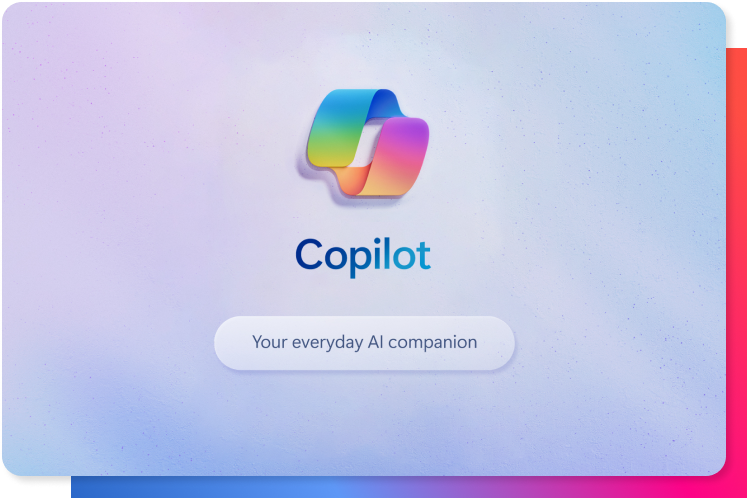Technology is evolving faster than organizations can absorb it. Staying at the forefront requires more than adopting the latest tools — it demands understanding the logic behind their evolution. In a digital era still shaping its own rules, strategic foresight is no longer optional. It is the anchor.
The relentless race for automation
Each year, executives across industries face a common mandate: accelerate innovation. The conversation has moved far beyond aspiration. Automation is now core to operational viability.
A recent joint study by UiPath and The Economist found that 70% of C-suite executives already view robotic process automation (RPA) and artificial intelligence (AI) as strategic pillars. This shift is not theoretical. As AP News reports, by the end of 2024, nearly half of the Fortune 1000 had embedded AI into their workflows.
Once concentrated in tech-forward industries, automation is now a baseline expectation — from healthcare to manufacturing. What was once a differentiator is now table stakes.
The Hidden Risk: Automation Without Direction
Automation promises lower costs, greater speed, and continuous innovation. But those same benefits can pressure leaders to implement quickly — and often, without strategic intent.
The numbers highlight the urgency. According to InfoSys:
- Employees spend 10–25% of their time on repetitive, automatable tasks.
- IT teams allocate over 30% of their resources to resolving basic issues.
- Nearly half of companies spend $5–$25 per manually processed invoice.
- Up to 80% of back-office operations could be automated.
At Exomindset, we experienced this firsthand. Our HR team once spent weeks standardizing candidate résumés — a low-value task that drained time and talent. By automating the process through our internal Exoapp, we redirected focus to what matters: evaluating human potential with strategic insight.
The temptation to “automate with one click” is real. But if automation doesn’t deepen your capabilities, improve decision-making, or unlock latent value — it isn’t a transformation. It’s a detour.
IPA: A strategic architecture for intelligent process automation
The most effective leaders don’t view automation as a set of isolated initiatives. They embed it in a coherent operating model — one that aligns every process with business outcomes. This is the essence of Intelligent Process Automation (IPA).
Contrary to replacing RPA, IPA builds on it. It integrates RPA with artificial intelligence, machine learning, natural language processing, and process mining — creating a modular, adaptive system. Each tool plays a defined role in service of a shared objective.
True automation is not about doing the same work faster. It’s about redesigning the work itself — shifting from speed to strategy.
Consider Toyota’s facility in Sweden. Rather than pursuing large-scale automation overnight, the company applied its kaizen philosophy: gradually redesigning key workflows and validating each improvement through continuous feedback loops. Efficiency was not assumed — it was verified.
Leadership is the starting point — Not the final step
Why must automation begin at the top? Because without a system-level view, organizations risk automating inefficiency, reinforcing silos, and fragmenting teams.
Strategic automation reduces costs — but it also enhances brand credibility, attracts investors, and cultivates a future-ready culture. Lacking a clear framework, however, it can backfire.
As Iván Vera, founder of innovation consultancy Innspiral, notes:
“Innovation is creation — and creation is the least delegable act in leadership. Many executives avoid innovation not because they can’t, but because they were never taught how. We come from economies that learned to survive by imitating.”
This insight cuts to the heart of the matter. In today’s environment, where automation is no longer a choice but an expectation, C-level leaders must actively design — not delegate — the future of their organizations.
Automation elevates talent — It doesn’t replace it
According to a joint study by the Association for Financial Professionals and APQC, corporate finance professionals spend only 25% of their time on high-value analysis. The rest is spent collecting data (42%) or completing administrative tasks (33%).
The fear that automation will replace human workers is understandable. But the greater risk is failing to free talent from low-impact work — and watching potential go untapped.
Automation doesn’t diminish human contribution. It refocuses it. It gives professionals the time and space to apply judgment, creativity, and domain expertise — becoming strategic players rather than operational executors.
One compelling example: Crowe, a global audit firm, faced a bottleneck in a critical Excel workbook with 30+ interlinked sheets. The process was error-prone and time-intensive. Partnering with Exomindset, they developed a customized Excel add-in that combined React with intelligent automation. In just 200 hours, the team transitioned from mechanical execution to strategic analysis.
This was not tech for tech’s sake. It was a carefully calibrated decision, embedded in a larger transformation effort.
Automate to improve. Improve to automate.
The impact of automation is being felt across sectors. But technology alone doesn’t change companies. Leadership does.
Sustainable transformation requires more than deploying new tools — it means rethinking how the entire organization operates. From C-suite vision to front-line execution, each layer must reinforce the others.
In this new era, leadership isn’t about chasing every emerging trend. It’s about identifying the ones that truly elevate the system — and then integrating them in ways that make the whole stronger than the sum of its parts.
In the end, organizations shouldn’t have to choose between efficiency and strategy. When done right, automation is not the goal — it’s the outcome of having perfected what truly matters.







 Español
Español